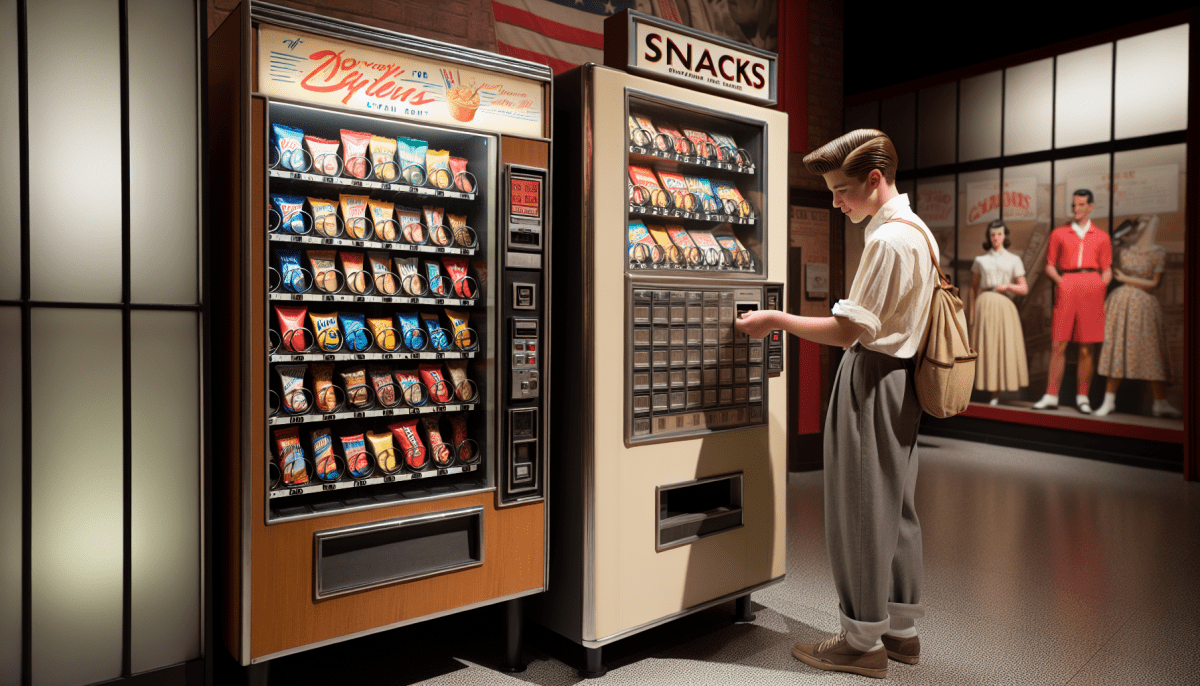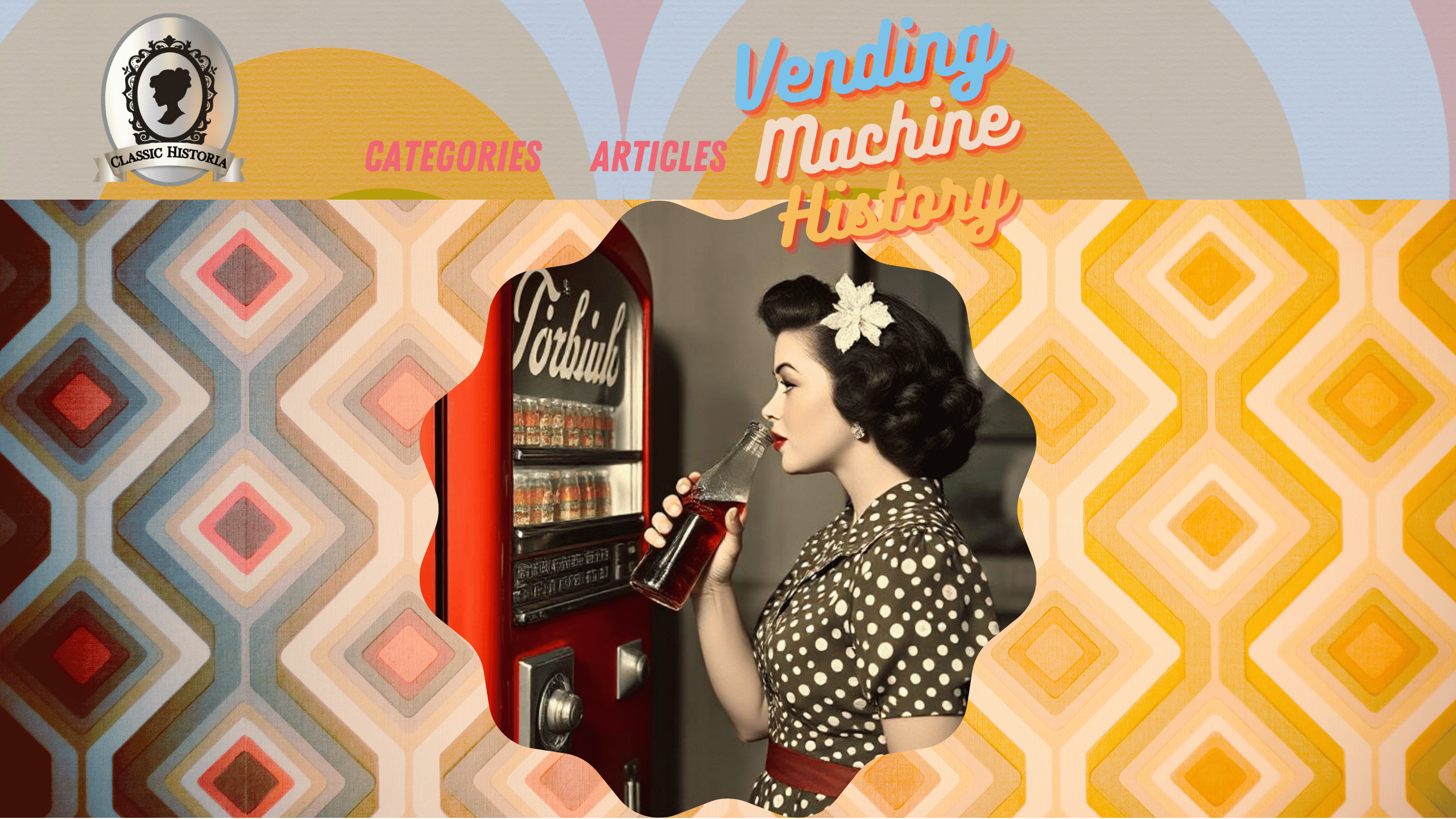
Classic Historia may receive a commission on purchases made through Amazon and eBay affiliate links at no additional cost to you.
Vending machines are an everyday convenience, catering to our cravings for snacks, drinks, and even electronics. But behind this modern convenience lies an intricate and quirky history tracing back thousands of years. Vending machines have served everything from sacred holy water to tobacco products, reflecting technological progress and cultural shifts throughout time.
This article dives into the unusual history of vending machines, highlighting key milestones and their strangest offerings.
First Known Vending Machine

The world's first vending machine concept was not born in modern times but rather in ancient Greece, envisioned by a legendary inventor.
Hero of Alexandria's Holy Water Dispenser
- Around the 1st century CE, the Greek engineer Hero of Alexandria developed a revolutionary device to dispense holy water in temples.
- His contraption worked with an ingenious mechanism involving a coin. The weight of the coin was crucial to the operation. When dropped into a slot, the coin would activate a lever that released a small amount of water. Once the coin fell off the lever, the flow of water stopped.
- This technology ensured fair distribution and monetized sacred rituals, making it the very first machine, well ahead of its time.
Hero's vending machine was primarily designed to solve a practical issue while serving religious purposes, proving that vending automation has always been rooted in innovation.
Interesting Fact
One of the most bizarre vending machine-like attractions in history involved live animals—specifically, a hen that could play tic-tac-toe against humans. This unusual attraction gained popularity in arcades and carnivals during the mid-20th century, particularly in the United States. The setup featured a glass enclosure with a tic-tac-toe board where players could challenge the hen. After the player made their move, the hen would respond by pecking at certain spots on the board.
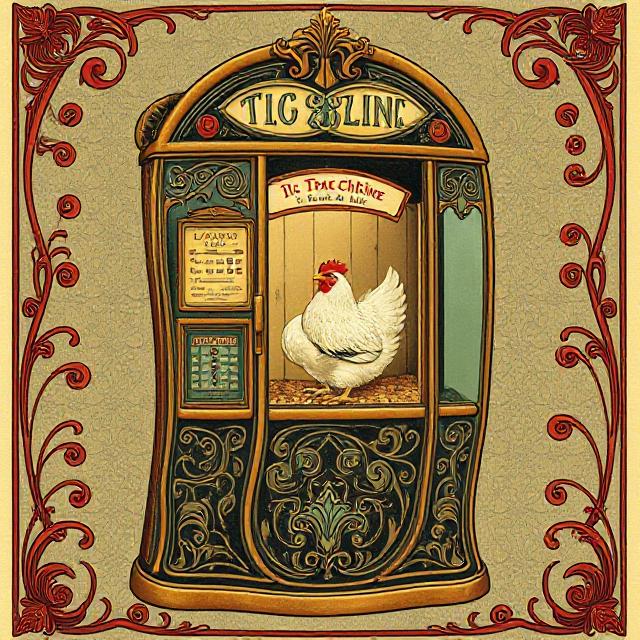
The secret behind this quirky attraction was not the hen’s intelligence but rather a clever system of training and automation. The hen was conditioned to peck at lights or buttons that were part of a pre-programmed mechanism, guiding it to make moves that either blocked the player or led to a win. Despite the lack of a true strategy, the novelty of competing against a live animal drew crowds and became a symbol of quirky entertainment during its time.
While not a vending machine in the traditional sense, the tic-tac-toe hen machine blurred the lines between automation and live interaction. It showcased how far people would go to create unique and entertaining experiences, adding a whimsical chapter to the history of automated attractions.
The First Commercial Vending Machines
- In 1615, London introduced a rudimentary tobacco dispenser, marking an early example of vending technology in action.
- One of the first Victorian-era modern vending machines was introduced in London in the early 1880s. They dispensed postcards and were primarily installed in railway stations for the convenience of traveling customers.
- By 1888, vending machines expanded to the United States. Coin-operated gum machines became a popular novelty among children and adults alike.
Diversifying Offerings in the Early 20th Century
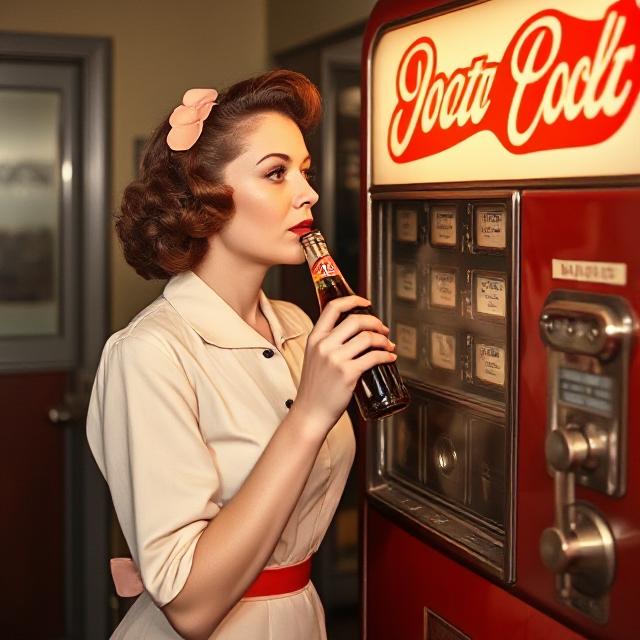
As the years went by, vending machines continued to evolve and diversify in their offerings. In the 1920s, machines were introduced that dispensed cigarettes, soft drinks, and candy. These machines utilized innovative technology such as refrigeration and coin-operated mechanisms.
- Cigarette vending machines became a common sight in the 1920s, offering a convenient way for adults to purchase cigarettes without visiting a store.
- Beverage machines introduced refrigerated compartments, ensuring beverages were always served cold and refreshing.
- Candy vending machines provided a convenient access to satisfy sweet cravings, especially in busy public areas like train stations and theaters.
- The coin-operated mechanism was a key technological advancement, allowing customers to make purchases effortlessly with the drop of a coin.
In the 1950s, vending machines became ever-present in hospitals, offices, schools, and other public places. They offered convenience for those on the go or who needed a quick snack or beverage during their day.
This era marked the transition of vending machines from simple dispensers into multi-functional retail tools.
The Quirkier Side of Unusual Vending Machines
While vending machines were becoming worldwide, niche innovators sought opportunities to cater to unexpected demands. Here’s where things get interesting.
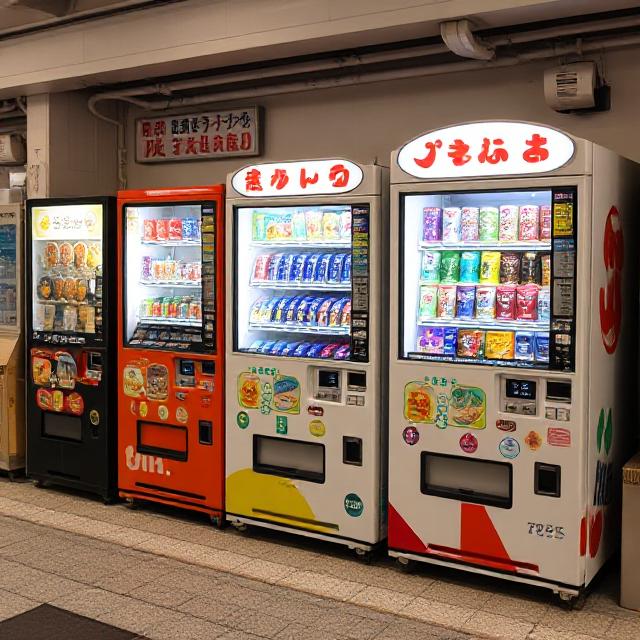
- Japan Leads the Way— Japan has arguably been the global leader in vending machine innovations, with its machines offering:
- Fresh flowers
- Canned bread
- Batteries
- Umbrellas — handy for sudden rains.
- Live Crabs in China
- One of the strangest vending machines appeared in China in 2010, offering live crabs and other odd items for sale. The crabs were kept pre-packaged in a chilled state to ensure they stayed alive and fresh when purchased. Customers who bought live crabs from these machines even received complementary packets of vinegar and ginger to enjoy with their purchase.
- Gold
- Wealthy shoppers in Dubai found vending machines selling gold bullion bars, turning the traditional notion of dispensing snacks completely on its head.
- Goldbacks vending machines are an innovative machine that dispenses Goldbacks, the world's first spendable, interchangeable gold currency notes, offering consumers a unique and tangible way to own and use gold in small, practical denominations. (Currently available in Utah, Nevada, and Florida) Locations - Gold
- Pizza on Demand
- A vending machine in Italy, introduced in the 2010s, could prepare and bake a freshly made hot pizza within minutes for hungry late-night customers.
- Marijuana
- Marijuana vending machines have been introduced in various legal markets, allowing customers to purchase cannabis products while maintaining compliance with regulations and verifying age limits.
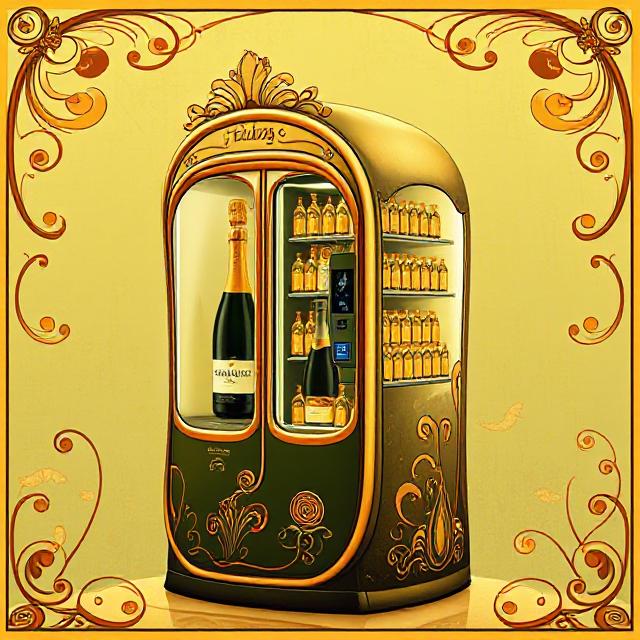
- Champagne
- Certain luxury venues and events have introduced champagne vending machines, offering miniature bottles of chilled champagne for a sophisticated, on-demand experience. These machines often require a special token or verification to ensure an exclusive and elegant transaction.
- Birth Control
- Birth control vending machines have been introduced in universities, clinics, and public spaces to increase accessibility and convenience for individuals seeking contraceptive options. These machines often provide products such as condoms, emergency contraception, and other related items, ensuring privacy and discretion for users while promoting reproductive health and awareness.
- Marriage Certificate
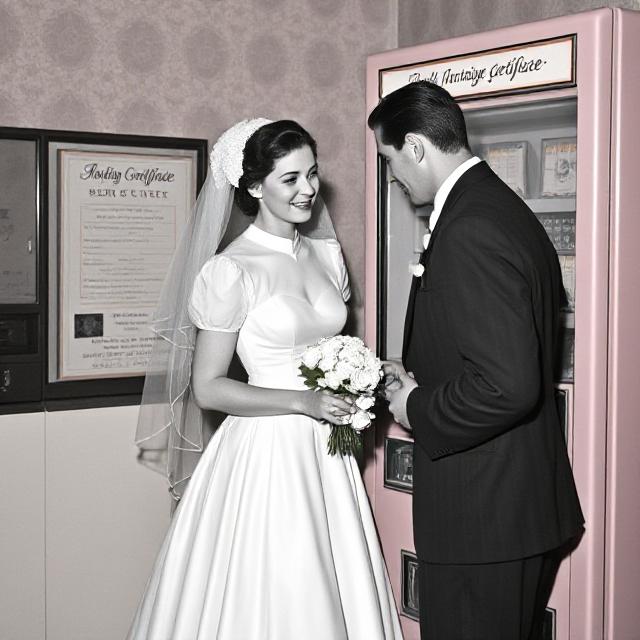
- Las Vegas, renowned for its quick and convenient wedding services, has introduced marriage certificate vending machines to streamline the process for newlyweds. These machines allow couples to obtain their official marriage certificate almost instantly, reducing wait times and adding convenience to the spontaneous wedding culture the city is famous for. By integrating modern technology, these vending machines ensure accurate documentation while maintaining efficiency and accessibility.
- Life Insurance
- Innovative life insurance vending machines are now emerging as a groundbreaking way to offer instant and accessible coverage. These machines allow users to purchase short-term life insurance policies on the spot, catering to individuals seeking quick and temporary coverage for specific needs, such as traveling.
- Caviar
- Caviar vending machines bring a touch of luxury and indulgence to on-the-go dining. These machines offer high-quality, pre-packaged caviar selections, catering to gourmet enthusiasts seeking convenience without compromising on taste.
These machines reflect how vending technology has adapted to cultural trends and unique consumer needs.
Interesting Facts About Vending Machines Worldwide
Here’s a roundup of quirky and fascinating trivia surrounding vending machines from around the world:
World Record Density
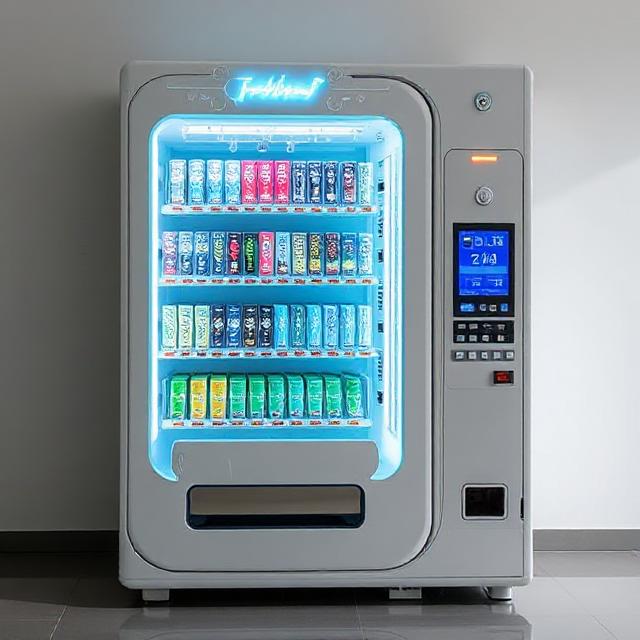
- Japan boasts the highest density of vending machines globally, with approximately 1 machine for every 23 people!
The First Hot Beverage Machine
- The first vending machine for hot coffee debuted in 1947 in the United States. It was a game-changer for office culture.
Baguette Vending Machines (France)
- Freshly baked baguettes are dispensed in rural areas, offering convenience and warm bread on demand.
Lettuce Vending Machines (Japan)
- These innovative machines grow and dispense fresh lettuce using hydroponic technology. Equipped with LED lights and precise environmental controls, they provide a sustainable and efficient way to deliver fresh produce directly to consumers.
Cupcake ATMs (USA)
- Sprinkles Cupcakes introduced machines in the United States that dispense freshly baked cupcakes in a variety of flavors. These cupcake ATMs are available 24/7, designed to satisfy sweet cravings at any hour. With built-in refrigeration and touchscreen technology, they keep each cupcake fresh and deliver a fun, interactive experience for customers.
Oldest Working Vending Machine (USA)
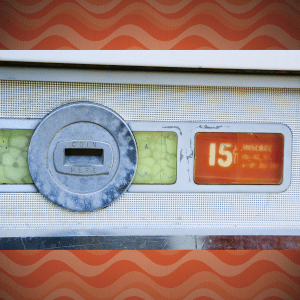
- Located in Pennsylvania, a Coca-Cola vending machine dating back to 1920 still stands as a testament to durability and innovation. This vintage machine continues to dispense bottles of Coca-Cola, demonstrating the quality of its craftsmanship from over a century ago. Its enduring functionality makes it a fascinating piece of history and a nostalgic reminder of early vending technology.
24/7 Convenience
- Inventors capitalized on round-the-clock accessibility, appealing to late-night customers. This began gaining traction in the mid-20th century.
- Such unusual insights demonstrate the ingenuity behind vending machines and their cultural adaptability.
AI-Enabled Vending Machines
- Modern vending machines have evolved significantly with the integration of artificial intelligence, transforming the customer experience and operational efficiency. AI-enabled smart vending machines can use computer vision to analyze customer preferences, recommend products, and even enable cashier-less transactions. For instance, companies like ZoomSystems have implemented AI to stock items based on demand forecasts, reducing waste and ensuring availability. Additionally, AI-powered Japanese vending machines can analyze the demographics of customers, such as age and gender, to suggest tailored product choices. These advancements not only enhance convenience but also offer valuable insights for businesses to optimize their strategies. AI continues to redefine the capabilities of vending machines, marking a new era of smart retail technology.
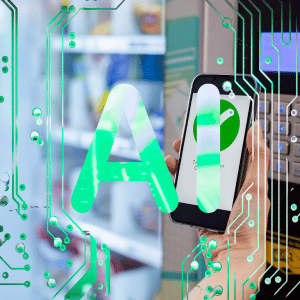
The history of vending machines is more than just a tale of convenience — it’s a story of creativity, culture, and technological adaptation. From their ancient roots as holy water dispensers in Greece to today's AI-driven smart machines, vending machines have continually adapted to reflect human needs and quirks.
As they evolve, one thing is certain: vending machines will keep surprising us, offering novelty and practicality in ways we probably can’t yet imagine. Next time you grab a snack or a cold beverage, take a moment to think about the fascinating history behind that machine!
Like this article? Discover more at Classic Historia for a deeper exploration into the past that has shaped our world.


